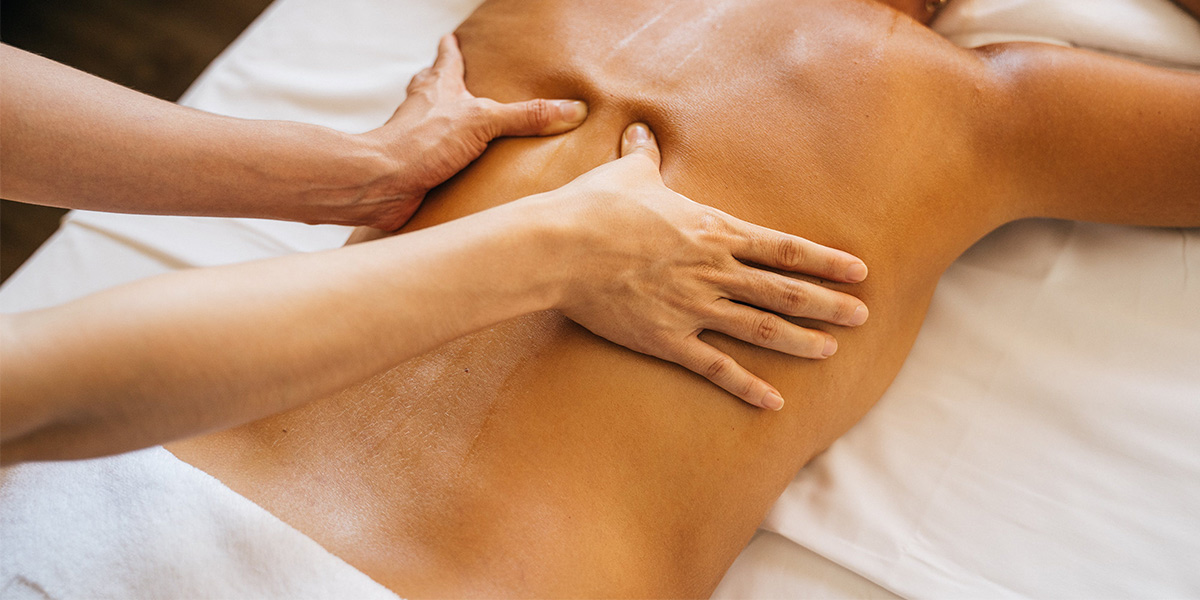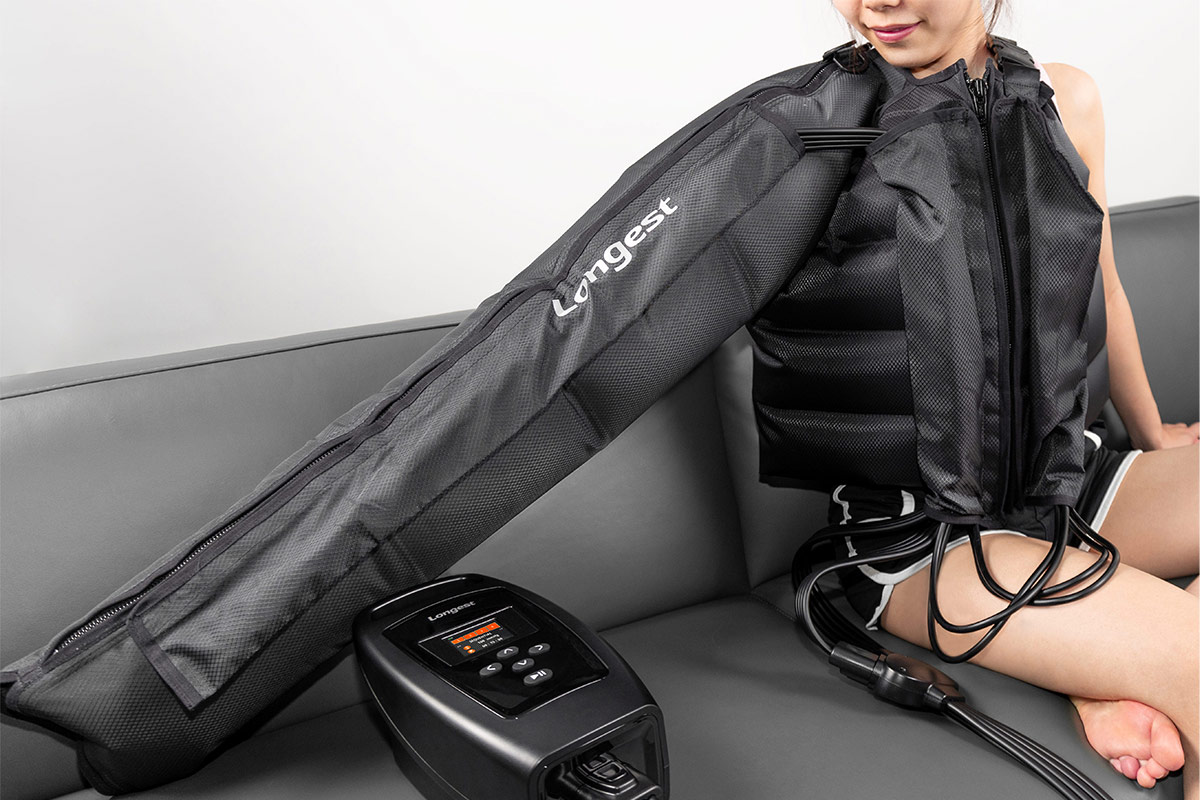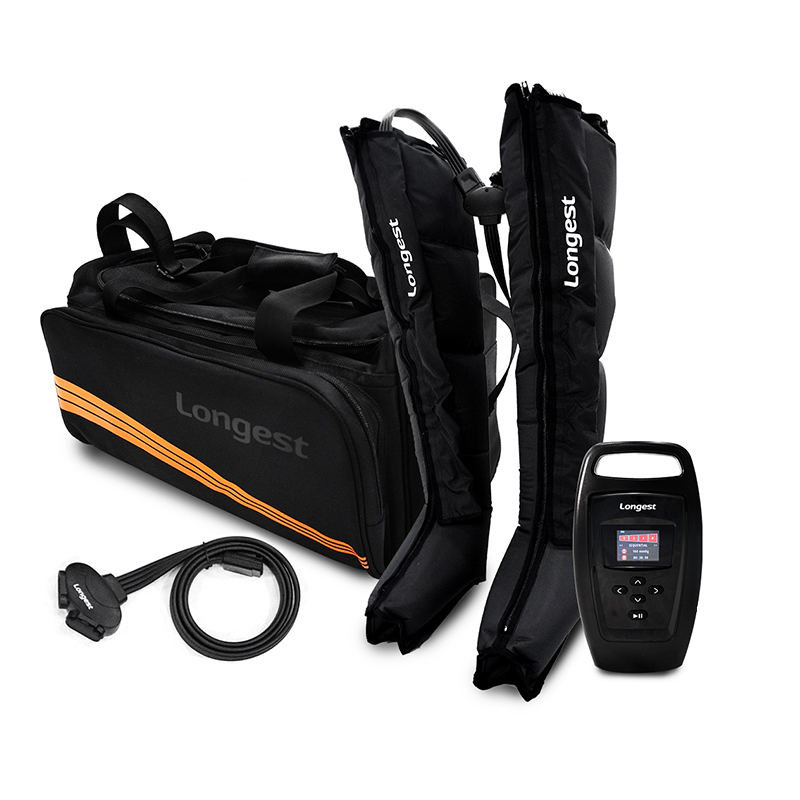Lymphedema Management: Manual Lymphatic Drainage Massage vs. Intermittent Pneumatic Compression
Lymphedema is a chronic condition characterized by swelling in certain parts of the body due to the accumulation of lymphatic fluid. This condition can arise from various factors, including lymph node removal, radiation therapy, or congenital abnormalities. While there is no cure for lymphed ema , its symptoms can be effectively relieved through various treatment approaches. Two commonly used techniques for lymphedema management are manual lymphatic drainage massage and the use of a pneumatic compression device . In this article, we will compare and contrast these two methods to understand their benefits and applications.
Manual L ymphatic D rainage (MLD)

Manual lymphatic drainage (MLD) massage is a specialized technique performed by trained therapists. This gentle massage targets the lymphatic system to stimulate the flow of lymphatic fluid, facilitating the removal of waste materials and excess fluid from the affected area. The therapist uses specific hand movements, such as circular strokes and light pressures, to redirect the lymphatic fluid toward healthy lymph nodes. MLD also aids in reducing inflammation, improving tissue regeneration, and promoting relaxation.
Intermittent P neumatic C ompression ( IPC )

Intermittent pneumatic compression therapy ( IPC ) involves the use of an IPC device that applies sequential or intermittent pressure on the affected limb or body part. The device consists of an inflatable sleeve or garment, which is wrapped around the affected area. It inflates and deflates in a specific pattern, creating a controlled pressure gradient that helps push lymphatic fluid toward the central lymphatic system. IPC can be customized to individual needs, allowing for precise pressure, duration, and frequency adjustments.
MLD vs. IPC: Complexity of the Treatment
When comparing MLD and IPC , several factors come into play. First and foremost is the expertise required to perform each technique. MLD massage requires the skills and knowledge of a trained therapist who understands the anatomy and physiology of the lymphatic system. IPC , on the other hand, can be operated by the patient or a caregiver after receiving proper instructions from a healthcare professional. This makes IPC more accessible and convenient for long-term use.
MLD vs. IPC: Level of Control and Precision
Another consideration is the level of control and precision. MLD massage offers the advantage of manual manipulation, allowing therapists to tailor the treatment specifically to the individual's needs. They can adapt the techniques and pressures according to the patient's condition, resulting in a more personalized approach. In contrast, IPC offers a standardized and controlled pressure application, which ensures consistent results but lacks the flexibility offered by manual techniques.
MLD vs. IPC: Effectiveness of Treatment
When it comes to effectiveness, both MLD and IPC have demonstrated positive outcomes in managing lymphedema. Studies have shown that MLD massage can reduce limb circumference, improve range of motion, and alleviate symptoms such as pain and heaviness. IPC has also been proven beneficial, particularly in reducing limb swelling and enhancing lymphatic fluid movement. However, it's worth noting that individual responses may vary, and the choice between the two techniques may depend on factors such as the severity of lymphedema, patient preferences, and cost considerations.
MLD vs. IPC: Cost of Treatment
Cost is an important aspect to consider as well. MLD massage generally requires regular sessions with a trained therapist, which can add up over time. IPC devices, though they involve a higher upfront cost, provide the option for patients to undergo treatment in the convenience of their own homes, potentially reducing long-term expenses.
Conclusion
In conclusion, both manual lymphatic drainage massage and pneumatic compression therapy are effective approaches for managing lymphedema. MLD massage offers a tailored and hands-on technique performed by trained therapists, while IPC provides a more standardized and patient-controlled method. The choice between the two will depend on factors such as the individual's condition, preferences, and accessibility. Ultimately, consulting with a healthcare professional experienced in lymphedema management is crucial to determine the most suitable treatment approach for optimal results.
Best IPC Device for Self-Management of Lymphedema at Home

LGT-2200SP i s an easy-to-use and convenient home-use lymphatic drainage massage device for people with lymphedema to get relief in the comfort of their own homes. With remarkably compact dimensions and a carrying bag, People can carry it wherever they go to get high-quality care whenever needed. It offers a complementary approach that empowers individuals to take control of their lymphedema management and improve their quality of life.
Features
Pressure: 30-150mmHg
Compression Modes: 6
Compact and Lightweight: 1.6kg
Rechargeable Battery: 6500mmAh, 5-6h
420 Denier Nylon Fabrics: easy to clean, durable to use
Complete range of garments: full-body, arm, legs, jacket, hip+thigh, feet
Certificate: CE, FDA 510(k), Health Canada
Warranty: 2 years

From "Being Able to Eat" to "Eating Well": Advancing Rehabilitation with Warmth on World Dysphagia Day

Longest Medical LGT-2320 Series Electrotherapy Devices Gain FDA Approval

The Definitive Guide to Shockwave Therapy Machines: Technology, Benefits, and Choosing the Best Device

Unlocking Deep Healing: The Definitive Guide to Focused Shockwave Therapy Machines

Longest Medical Concludes a Brilliant Journey at MEDICA 2025
LGT-2510B - Beauty Edition
Is OEM/ODM service available?
Yes. Contact us for more details. We offer professional OEM/ODM services.
2500s plus physical therapy version
What are the benefits of combining shockwave therapy and vibration massage therapy?
After shockwave treatment, patients may have mild discomfort and pain. Vibration massage therapy can relieve these mild side effects, providing a better patient experience.
Does your product come with a warranty?
Yes, we're committed to delivering quality products and excellent after-sales service to enhance your overall experience.
LGT-2202DVT
What is the warranty period for this product?
LGT-233
When should be the MStim Drop LGT-233 applied to a patient?
No matter the stage of foot drop, the MStim Drop LGT-233 can be used for intervention. In the early stage, when patients are bed-bound, the device's train mode can prevent muscle atrophy and conduct strength training. When patients start step training, the walk mode of the MStim Drop LGT-233 can assist. Even if the foot drop is difficult to improve, it can serve as a neuroprosthesis, helping patients walk better and safer.

Electromagnetic Stimulator for Body Shaping LGT-2650BP
The LGT-2650BP is a premium unisex body contouring device. Powered by high-intensity magnetic stimulation, it induces intense muscle contractions—effectively boosting muscle tone while reducing stubborn fat deposits. It is widely suited for weight management, body shaping, and individuals with excess weight alike.

Electromagnetic Stimulator for Pelvic floor rehabilitation LGT-2640AP
The LGT-2640AP Pelvic Floor Magnetic Stimulator is a precision rehabilitation device designed for targeted pelvic floor therapy. Featuring 24 visualized preset protocols (paired with anatomical diagrams), customizable treatment plans, and a pre-adaptation function, it delivers non-invasive, painless stimulation to support postpartum recovery, male pelvic floor rehabilitation, and geriatric pelvic health.

High-Frequency Therapy Device LGT-3500GP(Desktop Design)
LGT-3500GP fits tight spaces without sacrificing performance. Equipped with full TECAR tech, dual tissue-targeting modes, and core safety features, it handles post-op rehab, shallow tissue care, and more—lightweight, durable, and perfect for space-conscious facilities.

High Frequency Therapy Device LGT-3500LP(Upright Design)
The LGT-3500LP has an upright design with plenty of storage and rolling casters for easy mobility. It uses TECAR Therapy, and it has dual CET/RET modes, 300 KHz~1 MHz frequencies, and safety features like real-time temperature monitoring. This gives you precise, efficient treatments for deep tissue repair and pain relief.
Get in touch with us
© 2025 Longest Medical. All Rights Reserved. Powered by gooeyun.






LongestMedical
LongestGloba
longest
guangzhou_longest
GzLongest